Author Archive: ROM
Monthly Archive: December ROM
Entomystery – why did the beetles go to camp?
Occasionally, I put on my entomological detective hat to investigate insect mysteries. This one was a beetle mystery at my son’s camp in a Toronto elementary school. My son reported a large number (hundreds!) of tiny beetles swarming the windows in his classroom and asked me to look at them.
The ROM's Remarkable Bees
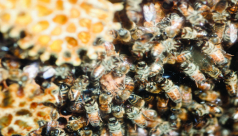
Guest blog by Antonia Guidotti, Entomology Technician
ROM visitors love the live hive of European Honey Bees in the Hands-on Biodiversity Gallery. They are encouraged to look for the queen bee and if they find her, will receive an “I found the Queen Bee” sticker.
Most Common Questions
Are they alive?
Yes, they are. Look closely at the hive and you will see how busy these bees are.
What do they eat?
Huge cache of fossils from the Burgess Shale reveal a new species of large predator
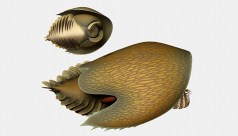
Joe Moysiuk – Phd Student & Vanier Scholar, Royal Ontario Museum & University of Toronto
Safavid Tile Project IV: The Artist behind the Arches
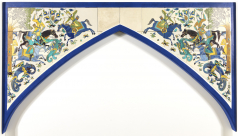
Some of the most noticeable objects in the ROM's Wirth Gallery of The Middle East are two friezes of tiles that would have been in the spandrels of arches. These were made in Iran in the last third of the 17th century under the Safavid dynasty, probably for a palatial building in Isfahan. The ROM also has parts of other spandrel friezes, and also some stray tiles that belong to yet other friezes. In order to understand these objects more fully, ROM staff have been undertaking research on the tiles.
Facing Histories: A Block Maker, a Dye Specialist, and a Textile Study Room
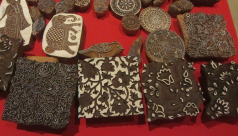
This guest post was written by Rajarshi Sengupta, ROM IARTS fellow 2017/18.
Fear for Adults and Fascination for Kids: Spiders and Friends Day at The Hospital for Sick Children
Written by Mark Bernards, Environmental Visual Communications student
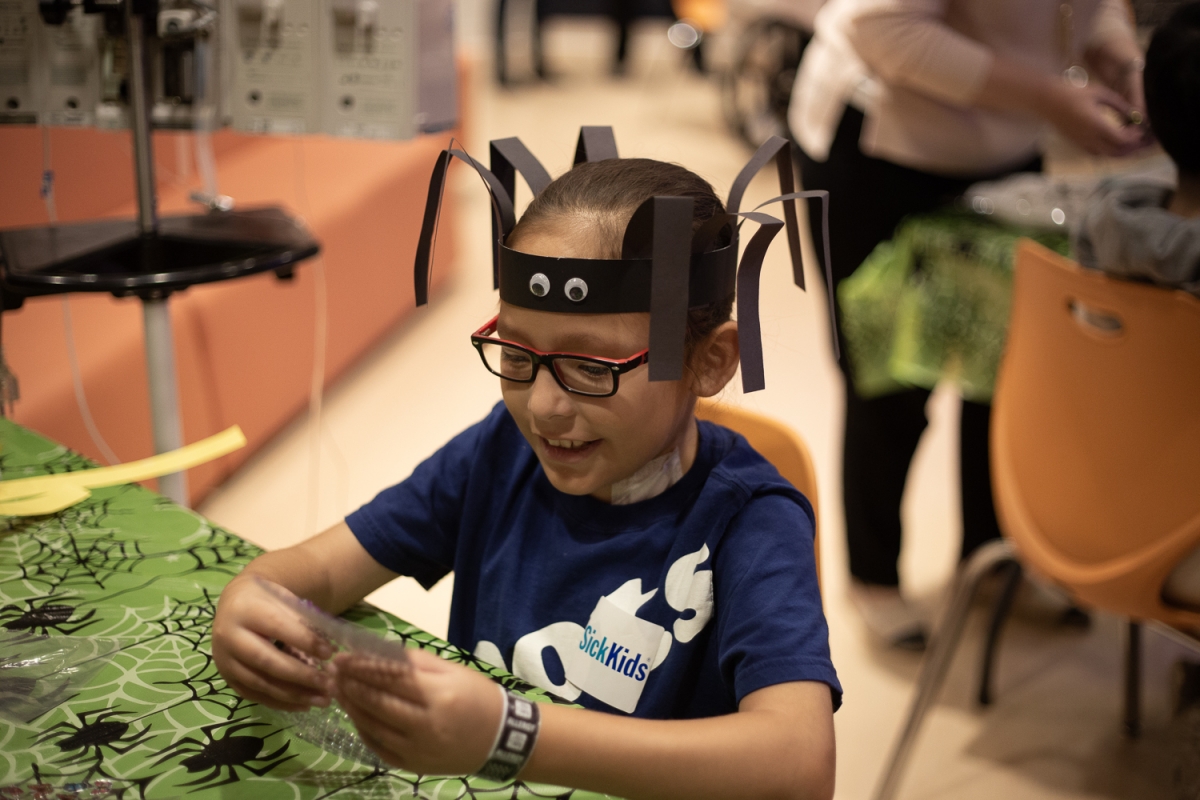
“Origins of Chintz,” The Exhibit: A Look Back to 1970
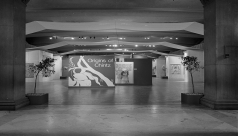
“Chintz… the exotic fabric from India that caught Europe’s fancy… So popular it was banned in England and France… Revolutionized Europe’s textile printing industry.”
Thus exclaimed the brochure that accompanied the ROM’s landmark exhibition, ‘The Origins of Chintz’, which opened in April, 1970, now nearly fifty years ago. Occupying the whole of the central ground gallery, known today as Currelly’s Court, the exhibition displayed nearly 100 towering examples of Indian ‘chintz’.
Make Plastic Reduction Part of Your 2018 New Year's Resolutions

Guest blog written by 2017 Environmental Visual Communication student Cristina Bergman
Every year, 10,000 tonnes of plastic enters the Great Lakes. Imagine 55 jumbo jets of plastic crash landing in the lakes each year. In this province alone, 3 billion plastic bottles are sold annually, but only half are recycled. The other 1.5 billion bottles end up in landfills or littering the environment. As the only province that borders the Great Lakes, Ontario has an obligation to protect this vast, irreplaceable resource. But is the province stepping up?
Canada 150 - Saskatchewan, Alberta, British Columbia - table, crock and plate
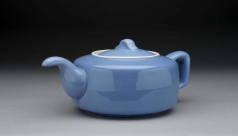
Continuing my geographically rooted exploration of the Canadian Decorative Arts Collection, as the year of the dubious Canada 150 draws to a close, I come to the West, and am going to highlight some objects from our collection here from each of Saskatchewan, Alberta and British Columbia all in one post.
#ThrowbackThursday: A Warm Memory
In September, 1971, the ROM opened the landmark exhibition Keep Me Warm One Night, a kaleidoscopic display of over 500 pieces of Canadian handweaving. It was the culmination of decades of pioneering research and collecting by the ROM curatorial powerhouse duo 'Burnham and Burnham’, aka Dorothy K. Burnham and Harold B. Burnham.
